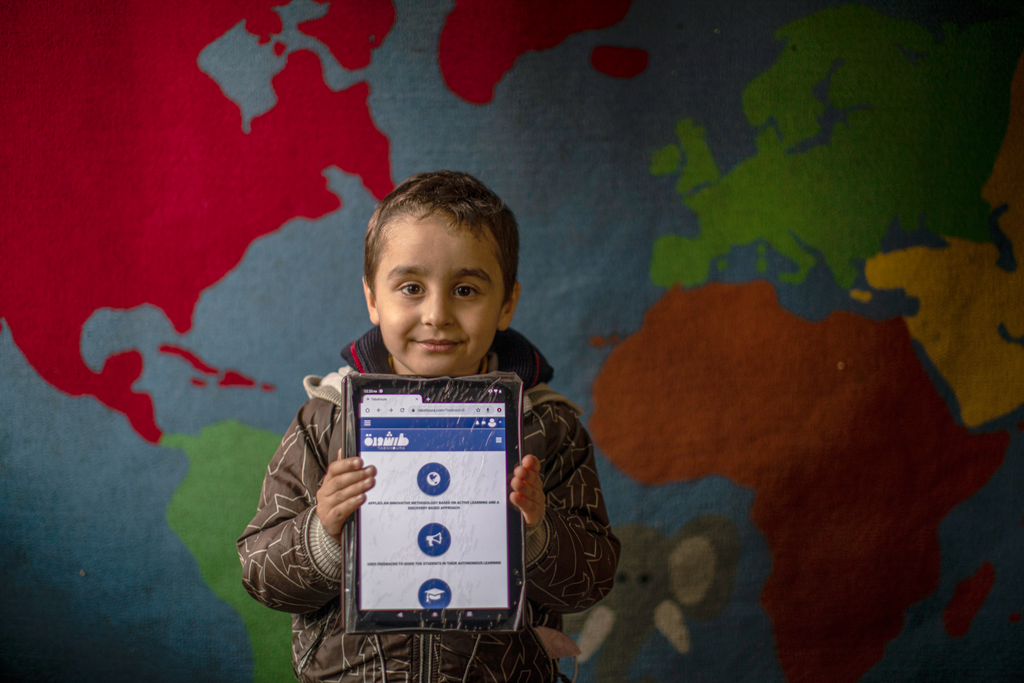
Mongolian children latest to be hit as air pollution affects health and education
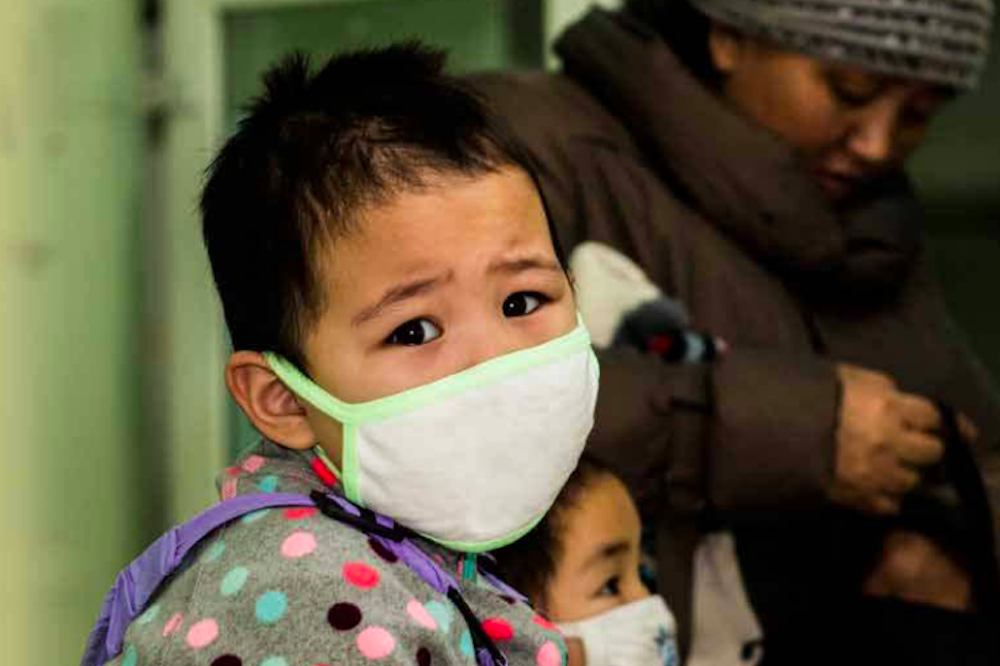
Child nutrition (Early years), Early childhood development, Health and education convergence, Safe pregnancy and birth

Choking smog is putting the under-fives in particular at serious risk and forcing schools to shut in many major cities.
Air pollution is taking a heavy toll on children’s health and education in many parts of the world.
Pollution is responsible for one in four of all deaths among children under five, according to the World Health Organisation – and the brain development of millions of babies is being put at risk by breathing in toxic air.
Smog has also forced schools to shut in recent weeks in India, Iran and Thailand. Mongolia’s capital city is the latest to declare a major smog problem – particularly for young children.
“Air pollution has become a child health crisis in Ulaanbaatar, putting every child and pregnancy at risk,” UNICEF Mongolia Representative Alex Heikens said.
“The risks include stillbirth, preterm birth, lower birth weight, pneumonia, bronchitis, asthma, inhibited brain development and death.”
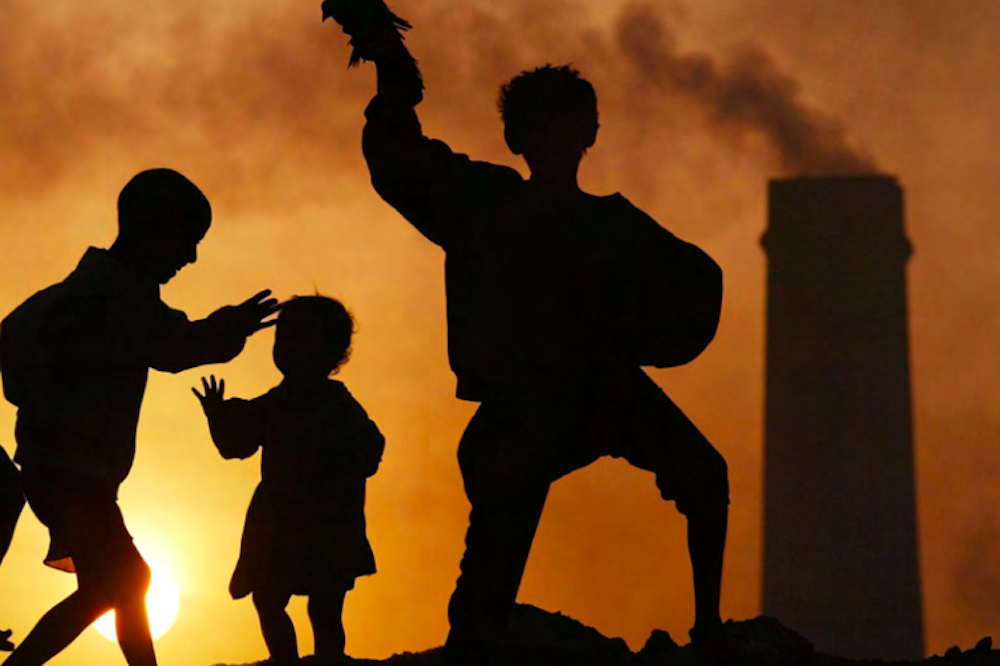
Primary schools were closed in the Iranian capital Tehran because of thick smog (UNICEF)
Pollution levels in Ulaanbaatar have become worse than those in cities notorious for their air quality such as Beijing and New Delhi, said a report by UNICEF and Mongolia’s National Center for Public Health.
Concentrations of breathable airborne particles known as PM2.5 were as high as 3320 micrograms per cubic meter – the World Health Organisation (WHO) recommends annual average PM2.5 concentrations of no more than TEN micrograms. PM2.5 in Beijing stood at 34 micrograms last month, down 70% from a year earlier.
“Reducing air pollution levels is the only long-term sustainable solution to protecting children’s health,” Heikens said. “In the meantime, thousands of children will continue to suffer unless urgent action is taken.”
In December, UNICEF warned that almost 17 million children under the age of one live in areas where air pollution is at least six times higher than international limits.
300 million children live in areas with extreme air pollution – which is where toxic fumes are more than six times the international guidelines. Of those, 220 million are in south Asia and 70 million in east Asia, mainly China.
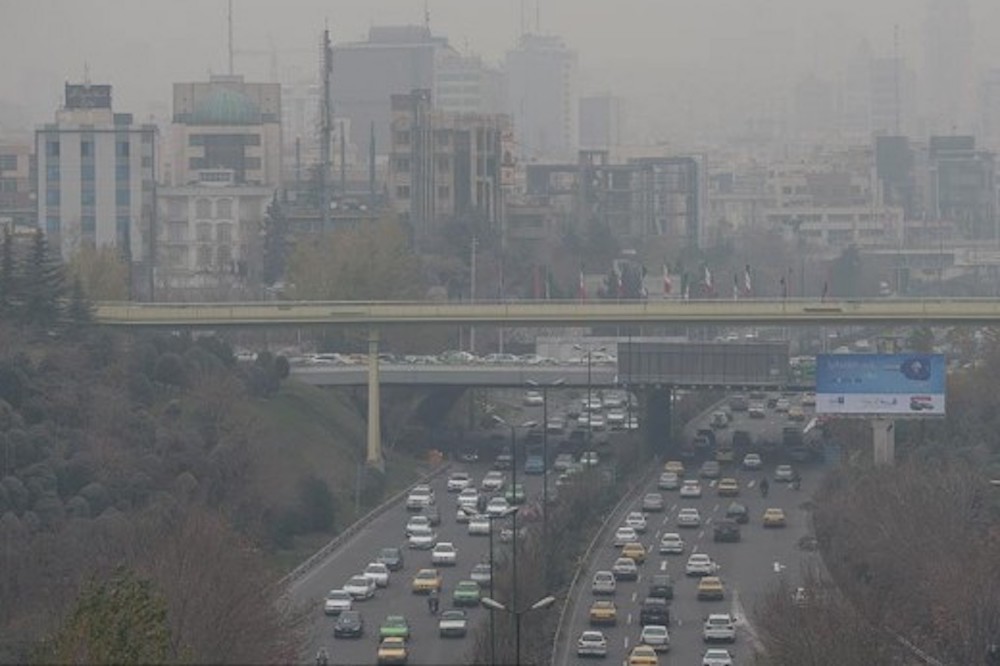
Thick smog chokes the air over Tehran (The Iran Project / Twitter)
The world’s most polluted capital city is New Delhi, where choking smog and pollution shut down thousands of schools in November. Parents were furious when they reopened despite the air pollution still being at emergency levels.
“It is so disturbing to see children coughing and struggling to breathe all the way to the school,” said Ashok Agrawal, president of the All India Parents Association.
Greenpeace said last month that 47 million children in India live in areas exposed to deadly toxic air.
Earlier this month, primary schools were closed in the Iranian capital Tehran because of thick smog. That followed the closure for several days of primaries in Tehran and most of its province in December.
In Thailand, some schools closed and others kept children indoors when smog enveloped Bangkok on February 8.
“We’ve received information from my daughter’s school that they are monitoring pollution levels and will be keeping the children indoors until it improves,” said Joanna Lorgrailers, 32, a mother of two.
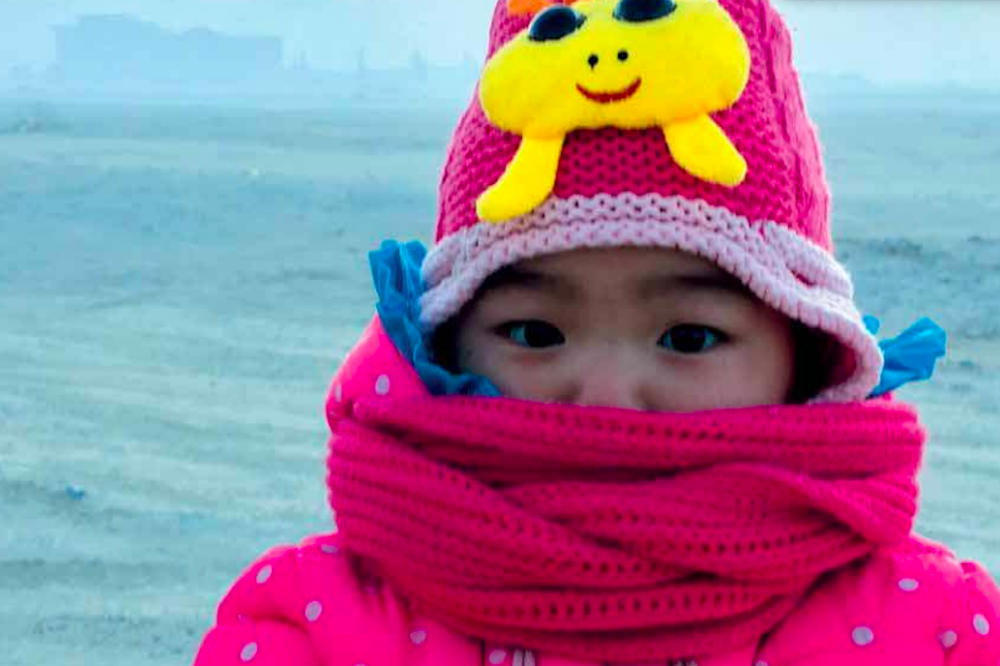
Exposure to high levels of air pollution has serious health consequences, particularly for children (UNICEF)
Toxic air, unsafe water and and lack of sanitation were responsible for 1.7 million deaths among the under-fives, according to the WHO report last year.
The harm can begin in the womb and increase the risk of premature birth. Once the baby is born, air pollution increases the risk of pneumonia and lung conditions like asthma.
90% of brain development happens in the first five years of a child’s life. Theirworld’s #5for5 campaign highlights the five key areas that children need in that crucial period – nutrition, health, learning, play and protection.
We are calling on world leaders to invest in early childhood development and to spend 10% of their education budgets on pre-primary education.
Young people are fighting back themselves against the problems of pollution. At the age of 12, Indian schoolboy Naveen invented an award-winning and eco-friendly solution to make the air cleaner at his school.
Using raw materials like coconut shells eradicated a lot of the smoke from cooking fires that hung around his classroom in the Chittoor district of Andhra Pradesh. Now his invention is being used by other schools.
A group of schoolboys, also from India, won first prize at the International Youth Summit in Singapore this month with their smog-busting invention.
The ideas include using construction material from waste including plastricks (bricks from plastic) and bricks made of stubble.
More news

MyBestStart programme gives young girls the education they deserve
